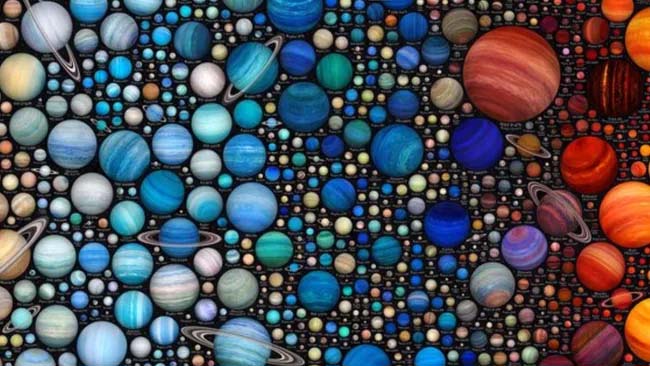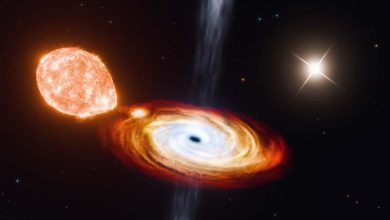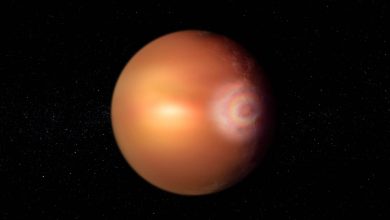Artist Martin Vergić imagines hundreds of alien planets

Science: As shocking as it may seem today, before the 1990s, scientists weren’t even sure that stars beyond the sun had planets orbiting them. Since the discovery of the first extrasolar planet, or “exoplanet,” about 30 years ago, more than 6,000 of these distant planets have been revealed, and thousands more have been discovered but have yet to be confirmed.
The growing exoplanet catalog has introduced a number of planets that really put the “alien” in “alien worlds.” With planets so hot they rain iron, planets spewing ferocious, glassy winds and planets so perturbed by their stars that they spin like eggs in their orbits, it’s no wonder exoplanets have fascinated people far beyond the hallowed halls of scientific academia, inspiring incredible and breathtaking works of art. One artist who is fascinated by exoplanets is Martin Vargić, a Slovak artist and author of the “Curious Cosmological Compendium.”
“Ever since I can remember, I’ve been interested in astronomy and I was always fascinated by the idea of other planets orbiting distant stars, different from anything in the solar system,” Vargić, 26, told Space.com. “In 2015, I created the first version of what eventually became my Exoplanet Infographics. After publishing my first book dedicated to maps and map-inspired infographics, I decided to create another visual book, this time focused on the universe, astronomy and space exploration.” The book, which took Vargić about three years to complete, included chapters such as “The Scale of the Universe,” “The Timeline of the Universe” and, of course, an entire section focused on exoplanets. The artist arranged these worlds by temperature, ascending page by page from icy worlds like Neptune to blazing hot gas giants called “hot Jupiters.”
This progression led to “failed star” brown dwarfs, or objects that form like stars but have a mass between the most massive planet we know and the least massive star in our books. Brown dwarfs also cannot trigger the nuclear fusion of helium from hydrogen in their cores, the process that defines what a “main sequence star” is. Exoplanet artwork, such as that created by Vargik, is valuable because, unlike other celestial objects like stars and nebulae, exoplanets are typically too dim and too distant to be observed directly. In fact, it’s partly the element of mystery that motivates Vargik.





